Young Scientists
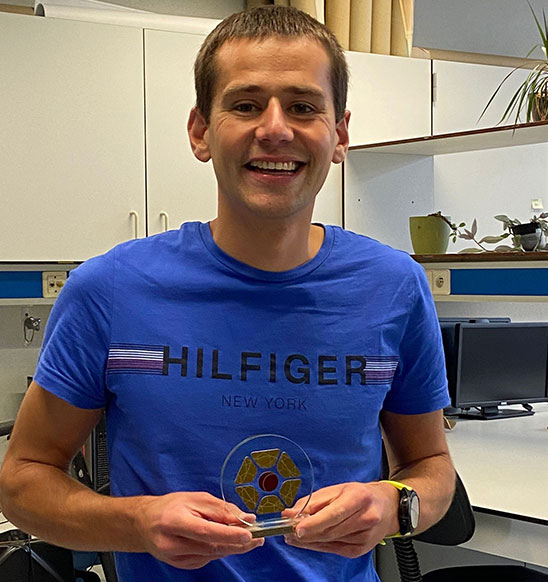
“Combining knowledge and resources leads to synergy”
I work as a PhD student at the laboratory of prof. dr. Chantal Mathieu at the KU Leuven in Belgium.
I completed my studies in Medicine in 2017 and chose Internal Medicine as specialization. Here I had the opportunity to meet prof. dr. Chantal Mathieu and become inspired by her passion to find a cure for type 1 diabetes. I was grateful and excited when I had the chance to start working as a PhD student in her team. My work is focused on the prevention and/or curation of type 1 diabetes by immune interventions in mice. In type 1 diabetes, it is the own defense system (also called the immune system) that attacks the insulin producing cells in the pancreas (also called the beta cells). In the laboratory of prof. dr. Chantal Mathieu, we use promising, new therapies to try to avert this harmful attack caused by the own defense system. I work specifically in mice that are genetically highly prone to develop type 1 diabetes in a similar disease mechanism as seen in humans. One of our main research projects within INNODIA is the combination of verapamil and ATG in mice that have recently developed type 1 diabetes. In this project, we build further upon two clinical trials, currently running within INNODIA: the VER-A-T1D trial and the MELD-ATG trial. The VER-A-T1D trial is based on the recent findings that a well-known antihypertensive drug, verapamil, has been shown to protect the insulin producing cells in the pancreas. In the MELD-ATG trial, the drug ATG (Anti Thymocyte Globulin) is used to avert the harmful attack caused by the own defense systems. As these both approaches work in a different way, we hoped that the result would not just be the sum of both monotherapies, but that the combination would have a synergistic effect. In mice that have recently developed type 1 diabetes, we saw that the combination of both therapies is both safe and 3-4 times more effective than either of the monotherapies. We are very excited about these results as it implies that there must be a synergistic effect and we are currently investigating the exact mechanism of action. I believe our research on combination therapy is like we see happening in INNODIA, were the combination of knowledge and resources also leads to synergy in the pursue of finding a cure for type 1 diabetes.

“Analysing the messages sent between the pancreas and the immune system prior to clinical diagnosis can inform therapeutic strategies in T1D research“
I have been working with Prof. Sarah Richardson and Prof. Noel Morgan at the University of Exeter to better understand the crosstalk between the pancreas and the immune system. With access to the Exeter Archival Diabetes Biobank, an invaluable resource in T1D research, I have been working to identify proteins that correlate with levels of inflammation within T1D individuals across a range of different ages. I have taken this work further by identifying and isolating extracellular vesicles (EV) released from pancreatic cells in vitro, to analyse which proteins they carry that function to delay and halt an immune assault. I find this work incredibly interesting because this type of EV biomarker (i.e. liquid biopsy) is currently being used to identify early signs of cancer and I have been working to translate this knowledge into T1D research. I hope my research can contribute to the wider field by expanding our knowledge of how the pancreas can defend itself against the immune attack, and how we might be able to take on the role of ‘postal carriers’ by intercepting messages from the pancreas that will tell us when the immune system becomes active before clinical diagnosis.
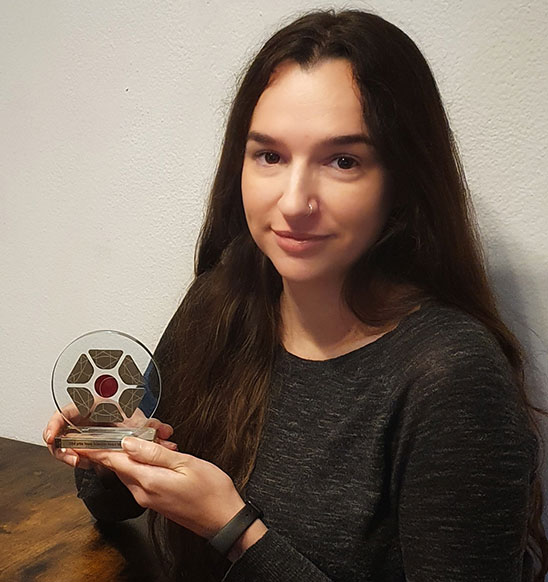
“I am Gisele Silva Boos and I was born in Brazil. I have moved to Germany for my PhD in 2014 and have been working at the Helmholtz Zentrum Munich for the last 6 months as a PostDoctoral Researcher. It has been a challenging time but I am enjoying it (a lot) since day 1!”
Type 1 diabetes (T1D) is a complex and heterogeneous disease that develops when the cells that produce insulin, called beta cells, are lost. This leads to the lifelong need for exogeneous insulin and the loss of life expectancy. It is known that genetic background, environmental factors, and the immune system play a key role in the disease. Alterations in the composition and diversity of the microbial populations in the gut have been observed in individuals who go on to develop T1D. Reduced integrity of the gut barrier is also observed in pre- and recently-diagnosed diabetic individuals. We propose that the underlying genetic predisposition to T1D promotes the disruption of immune tolerance. This might lead to the dysregulation of the mucosal barrier in the gut and the development of antigen-specific cells with potential to kill beta cells. We aim to test these hypotheses by assessing whether the gut associated lymphoid tissue (GALT) is abnormal in T1D and whether the immune cell repertoire and T cell specificities present in the gut are similar to those found in the pancreas. This will open new opportunities for therapeutic intervention by nutritional and/or pharmacological means, as well as for the development of therapies that target antigen-specific cells aimed at re-educating the immune system and stopping the attack to beta cells.
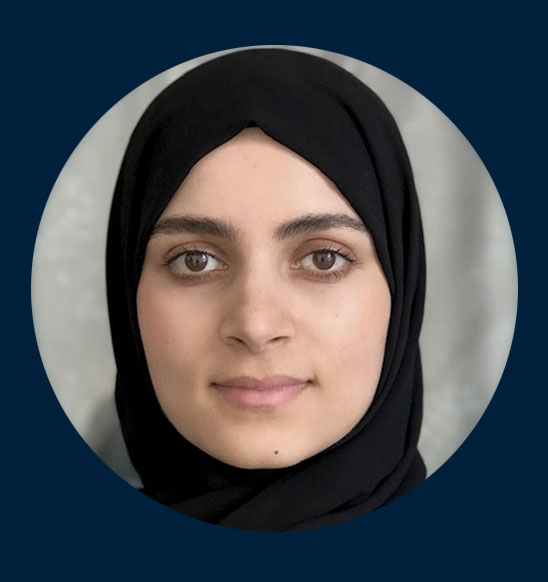
“I believe using high-precision multi-omics data together with Artificial Intelligence will unravel the complex molecular mechanisms behind Type 1 Diabetes.
It is a privilege to work with the best cohorts and the latest technology to make big discoveries.“
Naba Al-Sari, MSc in Molecular Biomedicine, Final year Ph.D. Candidate in Systems Medicine (with Dr. Cristina Legido-Quigley) and Translational Type 1 Diabetes Research (with Professor Flemming Pociot) at Steno Diabetes Center Copenhagen (SDCC).
I started my PhD in 2018 (advisors Cristina Legido-Quigley and Flemming Pociot) and I am aiming to discover biomarkers in Type 1 Diabetes. During my master and PhD, I have acquired knowledge of analytical and computational methods for omics profiling and data analysis as well as understanding of application areas in health and clinical research. My research focuses mainly on analyzing blood small-molecules and application of computational methods for studying biomarkers of type 1 diabetes and its complications.
I will continue my ‘biomarker discovery in type 1 diabetes’ journey as a post doc in Professor Flemming Pociot’s team after my PhD. My future goal is to implement modern data analysis approaches (Artificial Intelligence and Machine Learning) to facilitate early diagnosis of type 1 diabetes and identify new therapeutic avenues via predictive biomarkers.
My contribution to the INNODIA project: organized the metabolomics and lipidomics sample analysis for the first 100 samples, carried out lipidomics analysis, pre-processed lipidomics data and post-processed the lipidomics and metabolomics data together with my co-supervioser Tommi Suvitaival.
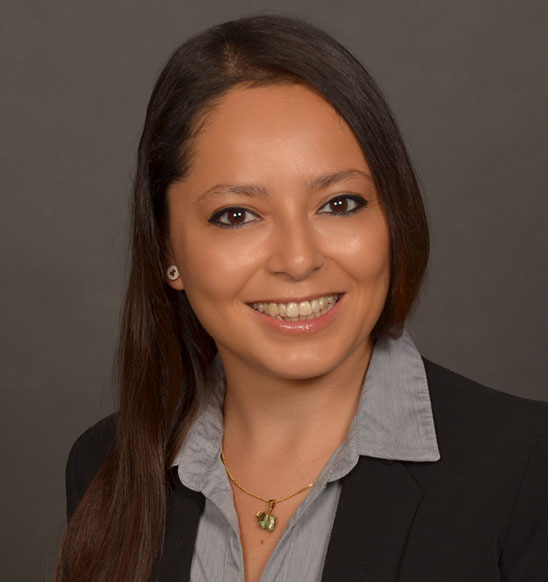
Paola earned her Ph.D in Pharmacy from the University of the Basque Country (Spain) in 2015. During this time, she worked in the development of advanced therapies and nanopharmaceuticals intended for genetic disorders and neovascularization underlying eye diseases. In 2016, after completion of her degree, she worked as a postdoctoral fellow in the Department of Pharmaceutical Technology at the University of Regensburg (Germany), where she focused her work on the treatment and physiological features of diabetic retinopathy. In 2018, she joined the group of Dr. Teresa Rodriguez-Calvo at the Institute of Diabetes Research, Helmholtz Center, in Munich, as a postdoctoral fellow. Her current work is focused on deciphering the role of enteroviruses (EV) in the pathogenesis of type 1 diabetes (T1D) and develop imaging analysis pipelines – using a software called QuPath – to automatically and accurately detect, quantify and distinguish immune cell populations and different types of endocrine cells contained in the islets of Langerhans. In collaboration with INNODIA and the Network of Pancreatic Organ Donors with Diabetes (nPOD) biobank, she is working with unique samples from human organ donors at recent onset of T1D and at-risk individuals (autoantibody positive) to understand disease pathogenesis. All her efforts will contribute to the current clinical evidence that associates enteroviral infections with the disease, and may provide a rationale for vaccination and for the development of antiviral therapies aimed at preventing T1D, but also to the design of new therapies aimed at preserving beta cell function and stopping the autoimmune attack characteristic of T1D.
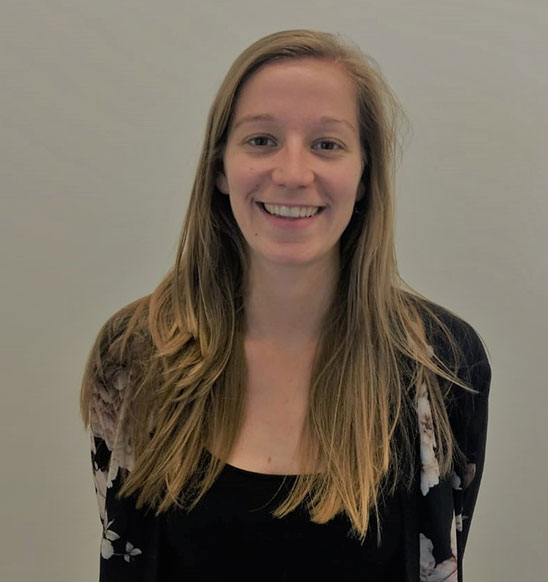
“The battle against neutrophils.“
While the immune system is meant to protect us, the opposite is true for people with an autoimmune disease. Here, the body is attacked by the person’s own immune system. In patients with type 1 diabetes, it is the pancreas that is under attack by the immune system. One part of our immune system is called neutrophils. They are the frontliners of our immune system. We know that neutrophils are present in the pancreas of patients with type 1 diabetes, but what exactly are they doing there? Are they causing any direct damage to the pancreas? Or, are they communicating with other parts of the immune system to attack the pancreas? To find answers, we study neutrophils in our mouse model of type 1 diabetes. By taking a closer look to neutrophils before and after they have decided to go to the pancreas, we seek to better understand what the role of neutrophils is in type 1 diabetes. Next, the goal is to translate these findings into a potential therapy. Can we prevent neutrophils from damaging the pancreas? We will test drugs in our mouse model and look if we can delay or prevent the development of type 1 diabetes.